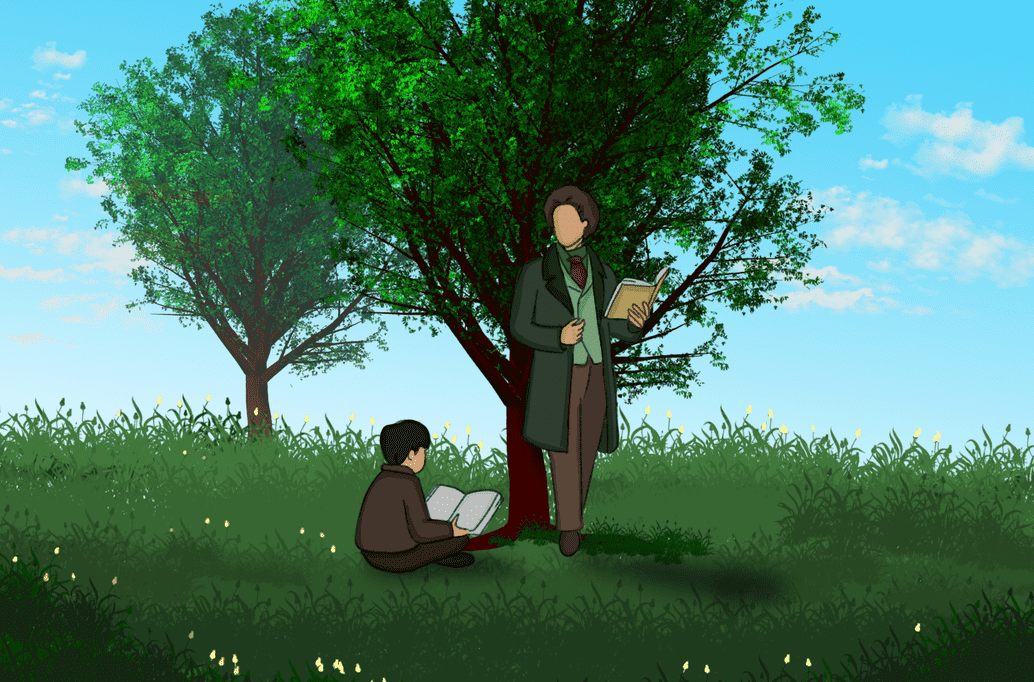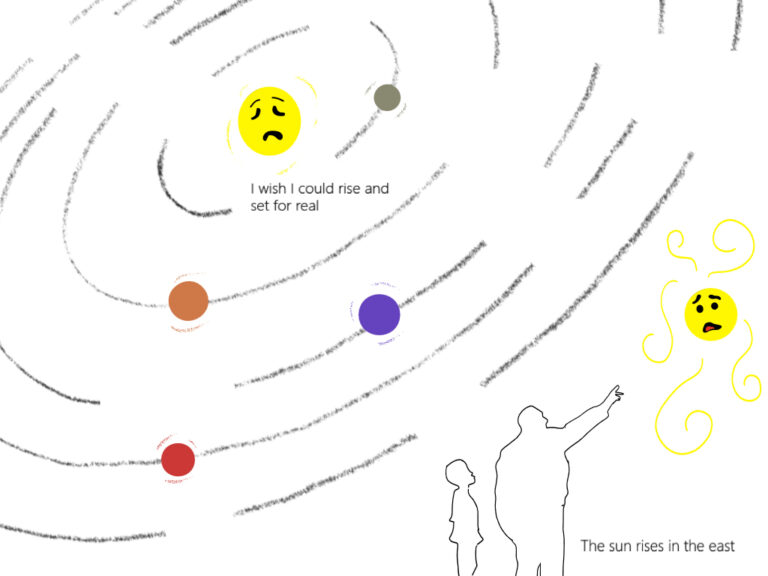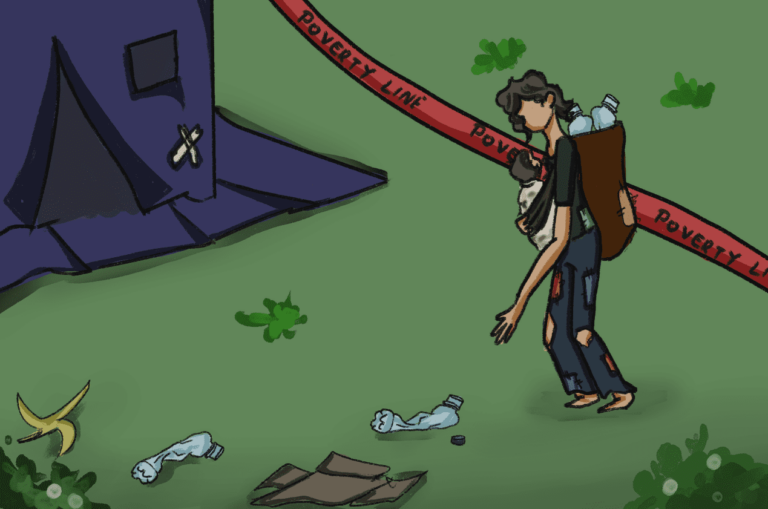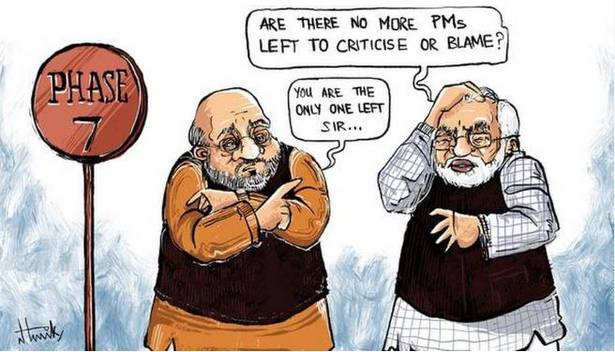Five educators on education
Dr Jyoti teaches at the Department of Elementary Education, Gargi College, Delhi University. As part of her pedagogy, Dr Jyoti encourages her students to publish articles in the journal.

This essay summarizes the educational philosophies of five great educators that are often studied in the pre-service teacher education programme.
Students of a long-duration year pre-service teacher education program enjoy an intellectually rich journey year after year. After spending three years in a pre-service teacher education program, it is opportune for a student-teacher to examine their own understanding of what education as a whole means. Through their own experience, having completed a minimum of 12 years at a school, they have all come out of a more or less similar system of education. Indubitably different schools and examination boards are often pushing different courses as well as hidden curriculums.
Nevertheless, the assumptions about the nature of the learner, the nature of the learning process, and the aims of education have tended to remain alike. This tends to foster homogenous ideas about the basic concepts of education like learning, discipline, and freedom. It is therefore significant that in any pre-service program, the student-teachers get introduced to and become acquainted with the writings and visions of varied philosophers of education. The rationale behind having these theories included in the course is that they would understand the varied perspectives of educational thought and evolve their vision. This article summarises the key ideas of five educators whose works are studied in pre-service teacher education programs in our country.
Jean-Jacques Rousseau (1712- 1778)
An influential social theorist of modern times, Jean-Jacques Rousseau’s iconoclastic philosophical stance of naturalism in education led him to be regarded as the founding father of romanticism in education. His anthropocentric view in general and assumptions about a child’s nature as educable made him one of the most revolutionary thinkers of his time. This is perhaps the reason why education coursework for student-teachers often begins with a study of his writings.
Romanticizing the natural man, he assumed the child’s nature to be active. His ideas and philosophy were shared with the world in his educational novel Emilé which outlines a program of educating a young boy mainly by learning from nature. He was the first educator to make the distinction between child and adult nature along with giving stages of development in a child’s life, which was later formalized by Swiss development psychologist Jean Piaget. He believed nature to be the one accurate and complete teacher. Nothing man-made is actually beneficial in child development; rather the books, and relationships with other corrupt people in society cause harm. He ultimately rejected the existing system of his time putting forth his concept of negative education, which implied a call to do the opposite of what was done in the name of education. He believed that children needed to be left on their own to learn their best.
Rousseau’s theory is also critiqued to be not just utopian and impracticable but quite cynical, sexist, and ‘not elegant’. He gave little to no importance to the girls and women of society, making her only responsibility to assist the man and fulfill his needs, giving a very domesticated and disempowering view of Sophie, the woman in his novel Emilé.
Maria Montessori (1870- 1952)
An Italian physician, at the age of 24, Maria Montessori was the first female doctor in Italy. Her interest in education came from diagnosing and treating the children that came to her seeking treatment. Her main concern was early childhood care and education. The Montessori system of education recognizes childhood as a separate stage of life where they need to be educated according to their psychological and educational needs.
Breaking the traditional rules of hierarchy in the classroom, Montessori suggested the use of the title directress instead of teacher in formal interactions. She felt a ‘teacher’ suggests someone who is an authoritative figure rather than someone who organizes the environment for the child to learn, placing her on a higher level of authority and taking away the children’s agency. The children should have the choice to learn what and when they want to learn. She abhorred the use of words like “discipline”. The role of a directress is to create a prepared environment, follow the child’s lead and promote their innate talents and abilities, emphasizing the sensory input. Her theory works on three basic principles.
First, the law of work entails that the students learn by themselves. They experience peace and a sense of fulfillment from working hard to complete a task that they select by themselves leaving no requirement for external rewards or punishments. Second, is a drive for independence. Each child needs to feel independent and to feel that they have a choice and a say in what tasks they are undertaking and this should be extended to the children in their learning. This will only be impeded by overly strict teachers. Montessori had a constructivist approach to learning where children learn by self-discovery while working with Montessori apparatus- educational material made out of natural and aesthetic material, like wood that was spread across the classroom. Third, attention is a child’s ability to concentrate intensely. This was inherent to child nature and children were according to her born with this ability. This ability was the basis of a consolidation phase of putting classroom experiences together that develops the child’s personality.
Rabindranath Tagore (1861- 1941)
The philosopher-poet-playwright-painter-social reformer-musician Rabindranath Tagore was all of these and the polymath communicated his inner visions on how to educate young children. Tagore’s vision of an ideal school was unrestrained and had freedom in the utmost sense. He did not write any book on education but laid the foundation of an innovative school without walls, Shantiniketan (earlier Brahmacharya ashram).
Shantiniketan was founded by Tagore in 1901 and it represents the distillation of Tagore’s life, philosophy, and greatest works throughout his lifetime and continues his unique model of education and internationalism through a living institution and architectural ensemble. He believed that childhood should have complete freedom from social and professional conventionalism. They should be allowed the time and opportunity to explore the natural world around them, the earth, trees, the sky, and everything between them, and learn what they need from them instead of learning those things from books about geography, geology, and such. He famously remarked: We rob the child of his earth to teach him geography, of language to teach him grammar. He did not believe in impersonal knowledge; as learning needs to be connected with personal experiences for meaning. Tagore rejected conventional schools because of their indifference to child nature and the way they subdue and penalize child nature. In Shantiniketan, instead of any religious festivals, the school community celebrates the change of season and other such occasions that bring them closer to life as a part of the natural world around us.
Jiddu Krishnamurty (1895 – 1986)
Jiddu Krishnamurty was a philosopher, speaker, and writer who had no allegiance to any nationality, caste, religion, or philosophy and spent his life traveling the world, speaking to large and small groups, as well as individuals. His idea of the right kind of education lives to date in the workings of schools like Sahyadri School in Pune. Krishnamurty believed that an education that does not allow us to understand the deeper meaning and significance of life is of no use. Such an education begins only with freedom. Freedom to think beyond. He rejected all forms of organized pre-existing categories that we find ourselves to be a part of, living in any society, like religion, caste, and nationality.
The right education needs to transcend all of these niches of society that only aim to condition children about the existing knowledge systems and prejudices. Truth to him is a pathless land to which one could not come through any organization, creed, philosophy, or technique. Intelligence, too, was more than dry intellect. It involved the coming together of thought and feeling and according to him the function of education was to create human beings who are integrated and therefore intelligent.
Mohandas Karamchand Gandhi (1869–1948)
Gandhi proposed a sociological perspective of education with truth and non-violence as the base values. His radical writing on education slipped under the radar in post-independent India as the colonial education system continued. He was influenced by Montessori, Pestalozzi, and Dewey. Looking at education as a tool for social change, Gandhi believed that education should be rooted in the lives and aspirations of people.
Gandhi called the prevailing system of education, a modified form of which continues till date, as ‘UnIndian’ and rejected it completely, proposing a new path called ‘Basic Education’, under which every boy must focus on character building more than simply undergoing literacy training. Also referred to as Craft-centred education, it entailed agriculture, carpentry, masonry, and most importantly spinning the wheel as the main curriculum. Keeping these crafts as the focus, the remaining parts of knowledge that are required for the man to live in and contribute to society must be taught through these crafts according to the context of that society. Conforming to the contextualized model of education, he suggested the mother tongue must be the medium of education and was vehemently against the teaching and learning of English by every member of society. Gandhian basic education aimed to fulfil three purposes: make education self-supporting, train the bodies of children as well as their minds, and pave the way for a complete boycott of foreign yarn and cloth.
The aim of education coursework in a pre-service teacher education program is the development of a personal theory of education A study of the writing of various educators introduces a student teacher to different frameworks in educational theory. These may be philosophical, psychological, or sociological but provide a footboard to engage with the broader questions of education. This engagement is intellectually satisfying as it provokes student-teachers to think about their assumptions. It thus gets connected to personal aspects of teacher development influencing their journeys as teachers in the making. The study of the ideas of many great educationists is, therefore, an important inclusion in any well-designed pre-service teacher education program.








Thank you for the encouraging reviews and comments. We are glad that you find the article useful.
The study of various philosophers of education’s writings and visions is important in any pre-service teacher education programme because it helps student-teachers grasp the various viewpoints of educational thinking and evolve their vision and I believe that the article has given me an insight of those works quite clearly. This article has a very rich content and will be a very useful resource for me in every aspect.
I appreciate the efforts. Well written.!!
Writing this briefly about 5 educators and not losing your perspective on their work is a very difficult task and you made it look so easy. It’s a very informative, well written and helpful article.
Each Educator and their beliefs have been articulated with sharp precision. They are diverse and play an instrumental role in today’s educational practices. I have read and learned so much from them over the course of my internship and course. I got to connect with my students on a different level when I kept Rabindranath Tagore’s words in my mind. It makes you realize how far we have come with these educators. It’s always nice to know our roots of education to learn more and do more.
I admire the way it reminds us that even though these may be philosophical, psychological, or sociological, it allows us to engage and communicate with the bigger questions in Education we come across today. I am fond of that part!
Summarising a piece of writing is very hard task , in itself . And i am amazed by your understanding and interpretation of Totally different educator . It’s more deeper than you write where you include Rousseau who didn’t believe in society and Krishnamurthy describing authority , power and right kind of education . The Glossary , you used actually giving me a taste of those philosophical perspective s and flashbacks of 3rd year enrich discussion as well of learning on these educators .
Well written 👍🏻.
I really liked this article as I have got into the phase when I read those educators. I really appreciate the efforts of the author who have written it so well that we can find an essence of all the 5 educators at one place which can be helpful for the budding teachers to read it and improve ourselves and innovate our ideas. Honestly, I got very motivated to combine all these ideas and make one of my own.
All the above educators have been so versatile and their perspectives of education has been very very unique as well . All these educators are examples of inventing innovative ideas of education like Jean Jacque Rousseau was very different from all of them since he believed in isolating from society and learning in the forest . Whereas Gandhi wanted all Indians to live in villages, lean about village life and not only that he focused on vocational training education which is also talked about in our NEP .Also, Rabindranath Tagore wanted students to learn outside the classroom. All of them gave me also a very new perspective to teach my students as well .